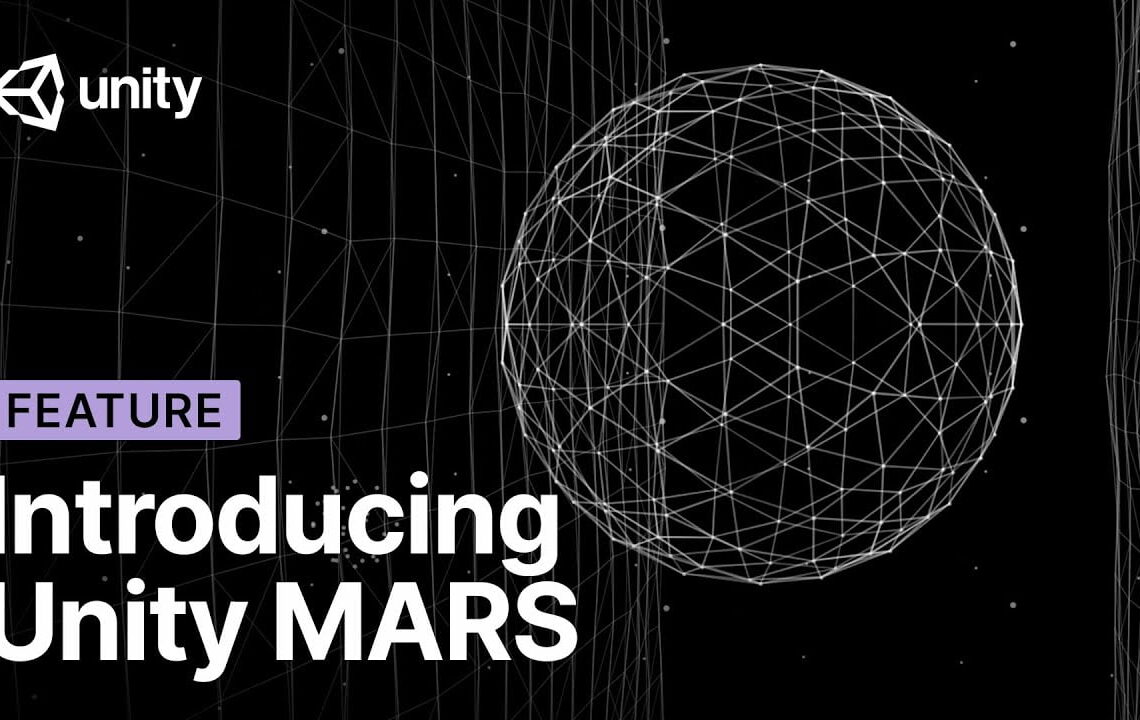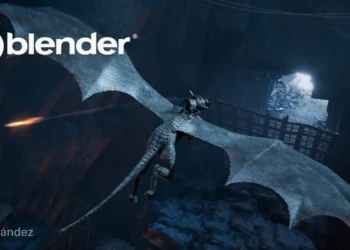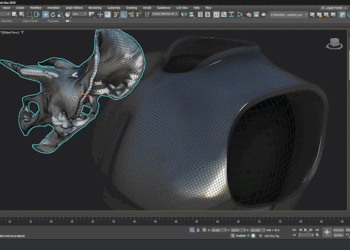Unity Technologies has announced a new application for authoring AR experiences called Unity Mars. The application promises to be able to take into consideration the uncertainties that arise in the environment that an AR app is experienced. To achieve this it uses a proxy-based workflow that allows the user to identify objects in the real world and tell the app how to respond to them. To account for variations that occur in the real world, the app uses a “fuzzy” authoring approach that allows the user to define a minimum and maximum values for objects instead of precise measurements. To set up simulations the app promises a code-free WYSIWYG environment and to help users get started, several templates and tutorials are included to help with common scenarios.
Unity Mar’s has a simulation view that allows the user to save time by testing the experience virtually against several indoor and outdoor rooms and spaces, alleviating the need to use real-world data or to physically test the experience wherever you want it to work. Users can also model their own simulation environments or use photogrammetry scan data.
Mars adapts logically to the real world with support for several types of real-world data including surfaces, images, semantic object recognition, location data, map data, product data and more. Body tracking will also be supported soon.
Unity Mars costs $50 per month or $600 per year and a free 45-day trial version is available. A Unity license (of any tier including personal) is also required. Find out more on the Unity website.








With all these subscriptions, Unity is going the Autode$k route…
Think about this, Unity was originally about democratizing game development.
The day Unity partnered with Autodesk, I knew things only could go downhill from that point.
These days it’s all about revenue. Not to mention the IPO they are preparing (https://www.bloomberg.com/news/articles/2020-06-03/graphics-startup-unity-is-said-to-prepare-for-ipo-this-year).
Sad story.
I don’t get it yet – what problem is this tool trying to solve?